While working on an inquiry for Howard this morning I stumbled across an odd object that turned out to have a really cool story attached to it. The piece was a small shadow box that was a presentation piece to First Officer Robert B. Miller, of the United States Line ship President Roosevelt in 1926. It was presented to Miller by the Temple of the Brave, Hedge End, Hants, England, following his rescue the crew of the sinking cargo ship Antinoe—and it is quite a story!
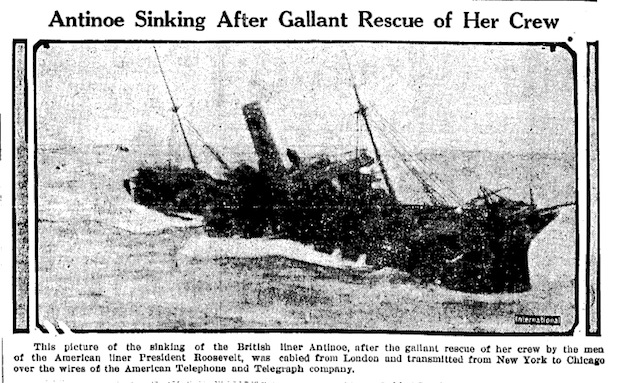
On January 20th, 1926, the President Roosevelt, captained by George Fried, left New York for Bremerhaven, Germany. The ship carried several thousand bags of mail bound for the UK and Europe and 200 passengers. Unknowingly, the ship, which left New York in poor weather, was heading directly into a fierce wintertime hurricane. As the voyage progressed, the weather grew so bad that passengers were forbidden from going outside and the crew rigged lifelines throughout the ship to help people move around.
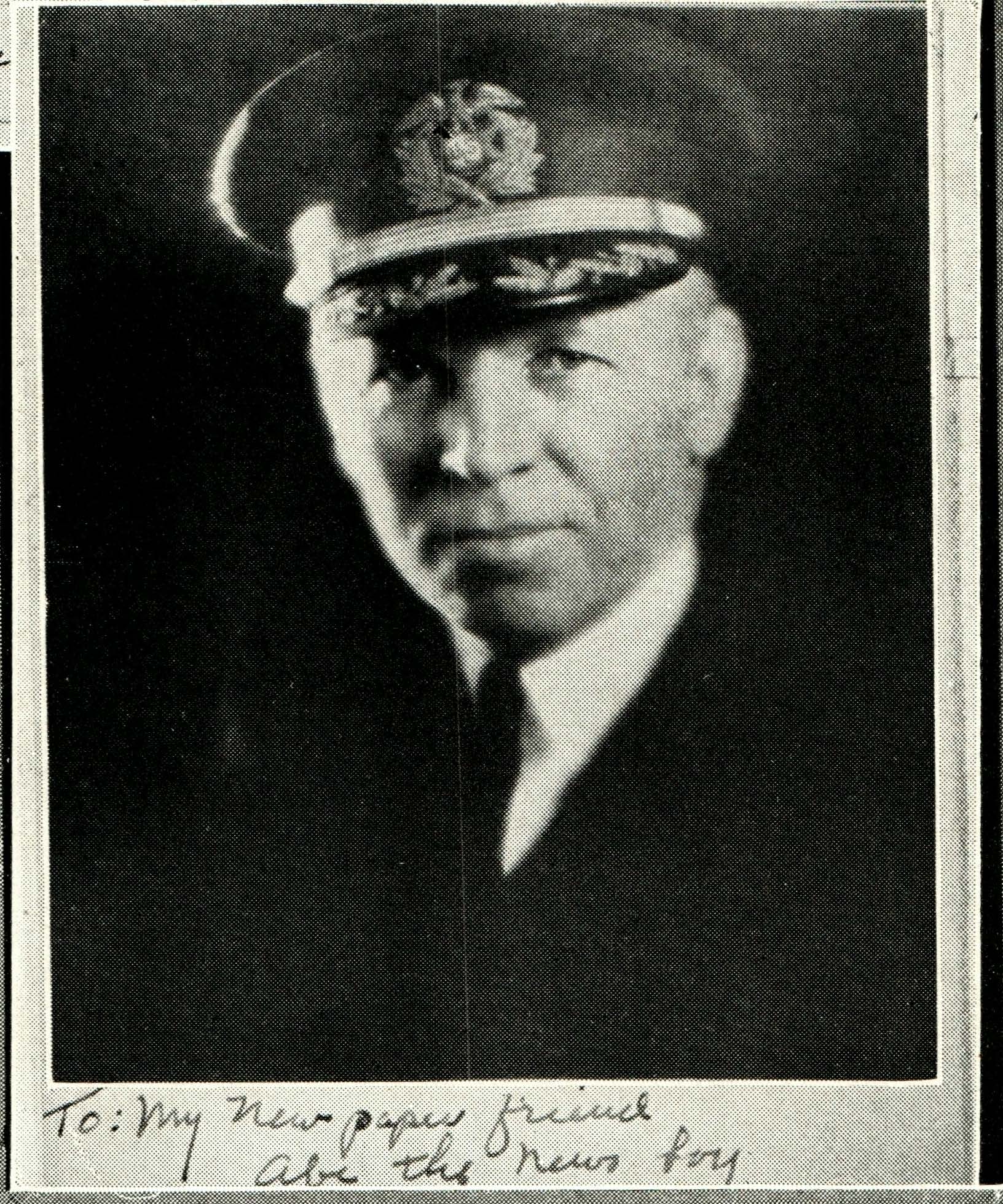
At 4:00 AM on January 24th the storm was still raging when wireless operator Frank Upton commenced his shift in the ship’s radio room. At 5:40, Upton intercepted a distress message from the British cargo ship Antinoe, which was in danger of sinking. Antinoe, captained by Harry Tose, had commenced its voyage on January 14th and steamed without incident until the 23rd when it ran into the same hurricane battering the President Roosevelt.
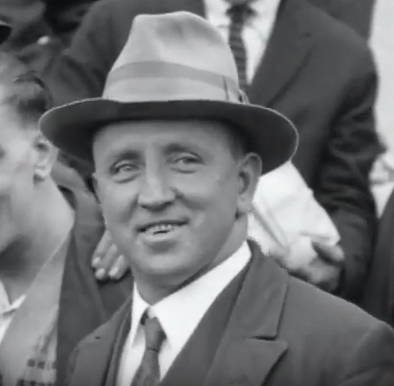
Heavy seas had severely damaged Antinoe. Its steering mechanism had been smashed by a heavy ice chest knocked loose when a wave severely rolled the ship which made the vessel impossible to steer. An attempt to repair the mechanism proved unsuccessful. Unable to move, and with its cargo of bulk wheat completely soaked, Antinoe had developed a heavy starboard list. The ship had lost all her lifeboats, which had been ripped off her decks or smashed to pieces by the storm. Captain Tose felt the ship was in sufficient enough danger that he ordered the SOS signal to be sent. Two ships responded: President Roosevelt and the Cunard Line ship RMS Aquitania. In the end, only the crew of the President Roosevelt were brave enough to attempt the rescue of Antinoe’s crew in the midst of the hurricane.
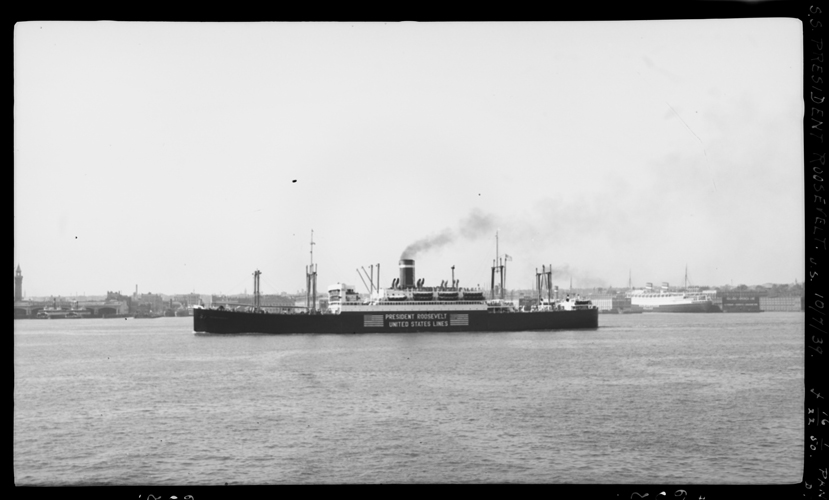
With Antinoe’s position not precisely known, Captain Fried used the vessel’s feeble radio signal as a reference point to triangulate the ship’s approximate location. Around midday the two ships finally found each other. The President Roosevelt pumped 30,000 barrels of oil on the water to calm the waves pounding against Antinoe and Captain Tose asked if his ship could be taken in tow and hauled back to New York, but repeated attempts to secure a line between the two ships failed.
By that evening the storm worsened and it began snowing. The nonstop pounding of the waves smashed Antinoe’s decks flooding its engine rooms and killing the electrical power. As night fell, the crew of President Roosevelt used its searchlights to keep Antinoe in sight but whiteout conditions overpowered the searchlights causing Roosevelt to lose sight of the sinking vessel. Hours later, when the two ships re-established visual contact, Captain Fried realized Antinoe was taking on serious water and ordered his officers to try and use their lifeboats to row across to Antinoe.
Captain Fried positioned the ship to launch a lifeboat and first officer, Robert B. Miller called for volunteers (Robert B. Miller, Uno Wirtanen, Ernest Heitman, Morris Jacobowitz, Johannes Bauer, Alex Fugelsand, Cosmo Franelich, Sam Fisher and one unnamed). Miller and eight men got into the boat but when the ship rocked unexpectedly the lifeboat slammed against the hull and two men (Wirtanen and Heitman) were thrown from the boat and drowned. The remaining seven men and the lifeboat were quickly hauled back on deck. The lifeboat was no longer useable. They made several more attempts to lower a lifeboat but each attempt failed. In the end, five of President Roosevelt’s lifeboats were destroyed in the rescue effort but thankfully no other lives were lost.
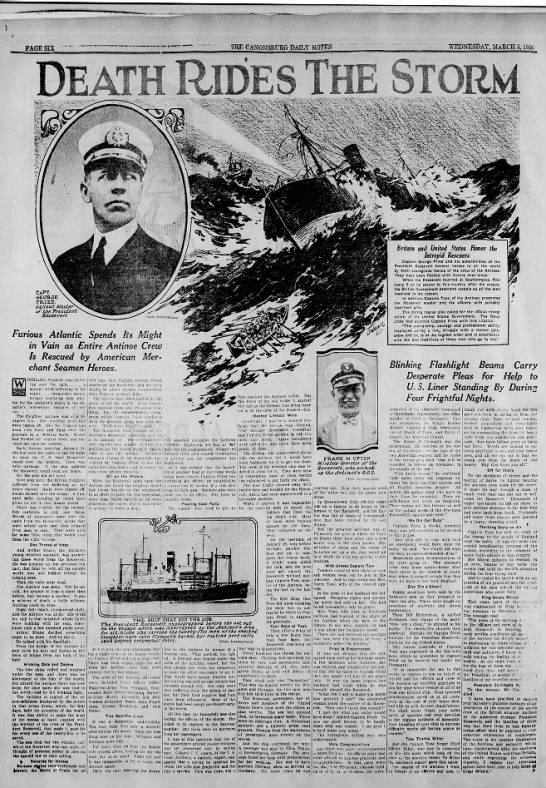
In the meantime, Captain Fried had a wireless message sent to the offices of the United States Line in New York alerting them of the rescue efforts and stating that he would not leave Antinoe until the ship sank, the crew had been rescued, or they could no longer render any assistance. The story ended up being broadcast widely and immediately captured international attention.

Finally, on January 26th the weather eased and Roosevelt’s crew were able to successfully lower a lifeboat and row it to the stricken Antinoe. Captain Tose insisted that married crew members, with the exception of himself, be evacuated first. It took three trips between the two ships rescue everyone. The lifeboat used in the rescue wasn’t so lucky. It was so badly worn out by the rough seas that it was cast adrift after its last trip. The following day one final attempt was made to take the badly-damaged Antinoe in tow, but once again the towline snapped. At that point it was agreed that to keep trying was a waste of time. As they left the scene Captain Fried sounded the ship’s whistle three times as a farewell to Antinoe. A radio message proclaiming the success of the rescue mission was sent to New York.
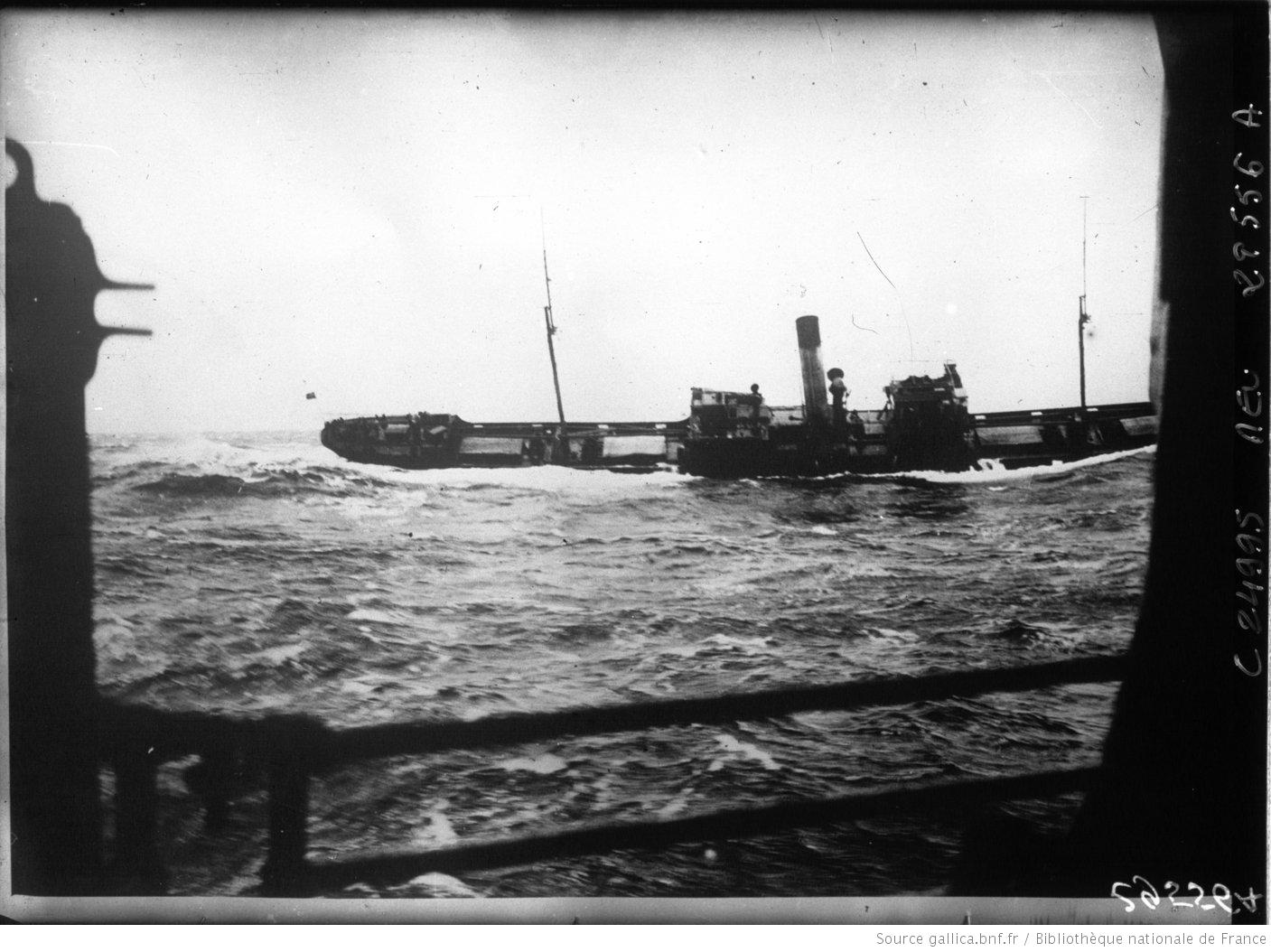
When the President Roosevelt arrived in Queenstown and Plymouth the crew received a hero’s welcome. The harbor at Queenstown was full of boats of townspeople who had been following the dramatic rescue efforts and at Plymouth, ship’s whistles and factory sirens peeled for an hour while ship was docking.
Great story huh? I was just astounded by the effort Captain Fried, Robert Miller and the crew of the President Roosevelt went to to rescue those men. It’s not every day that you see such extraordinary commitment and bravery.
Here’s a great video of the hero’s welcome: